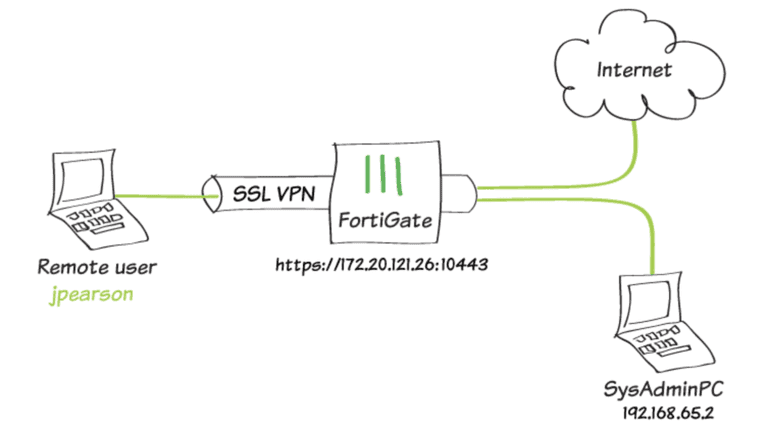
MiniOrange accomplishes this by acting as a RADIUS server that accepts the username/password of the user entered as a RADIUS request and validates the user against the user store as Active Directory (AD). MiniOrange 2FA authentication for Fortinet Fortigate Login VPN Clients that do not support RADIUS Challenge.VPN Clients that support RADIUS Challenge.The 2-factor authentication can be of two types depending on the VPN clients.
FORTINET VPN TUNNEL 削除 CODE
When you enable 2FA, your users enter their username and password (first factor) as usual, and they have to enter an authentication code (the second factor) which will be shared on their virtual or hardware 2FA solution to get access to Forticlient VPN. If your user wants remote access to their office then FortiClient would be a good solution.Įnabling Two-Factor Authentication(2FA) for your Fortinet Fortigate managed active directory increases security and ensures users only have access to the systems and resources they need access to.
FORTINET VPN TUNNEL 削除 MAC
It works on Windows and Mac but there's no Linux version. Forticlient is used as the corporate AV solution and for VPN remote access. Two-Factor Authentication (2FA/MFA) for Fortinet Fortigate VPNįortinet Fortigate managed FortiClient can be used as a VPN Client (IPSec and SSL), an AV client and a host vulnerability scanner.

IPSec Phase II object containing the Proxy IDs.Īlthough you are able to do this via the GUI, I recommend using the command line for Phase II with multiple networks. A Static Route pointing to the remote networks (in Phase II) using the ‘Tunnel Interface’Ĥ. A Tunnel interface attached to the ‘outside’ interface.Ģ. Lets start with the basic components for a VPN on a Fortigate:ġ.

I used it to import the object but the rest I did by hand.
FORTINET VPN TUNNEL 削除 LICENSE
I have a license for FortiConverter but it screwed up the ‘nat’ statements and created a ‘policy’ for each of them. It was a migration from ASA to Fortigate. Yesterday I had to troubleshoot a bunch of VPNs on a Fortigate.


 0 kommentar(er)
0 kommentar(er)
